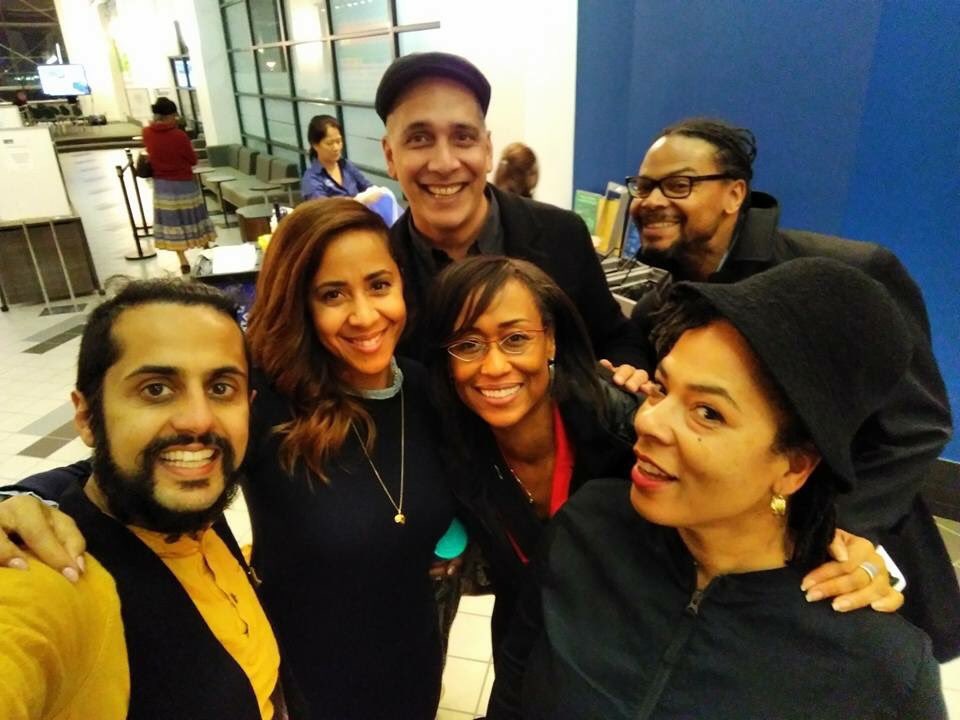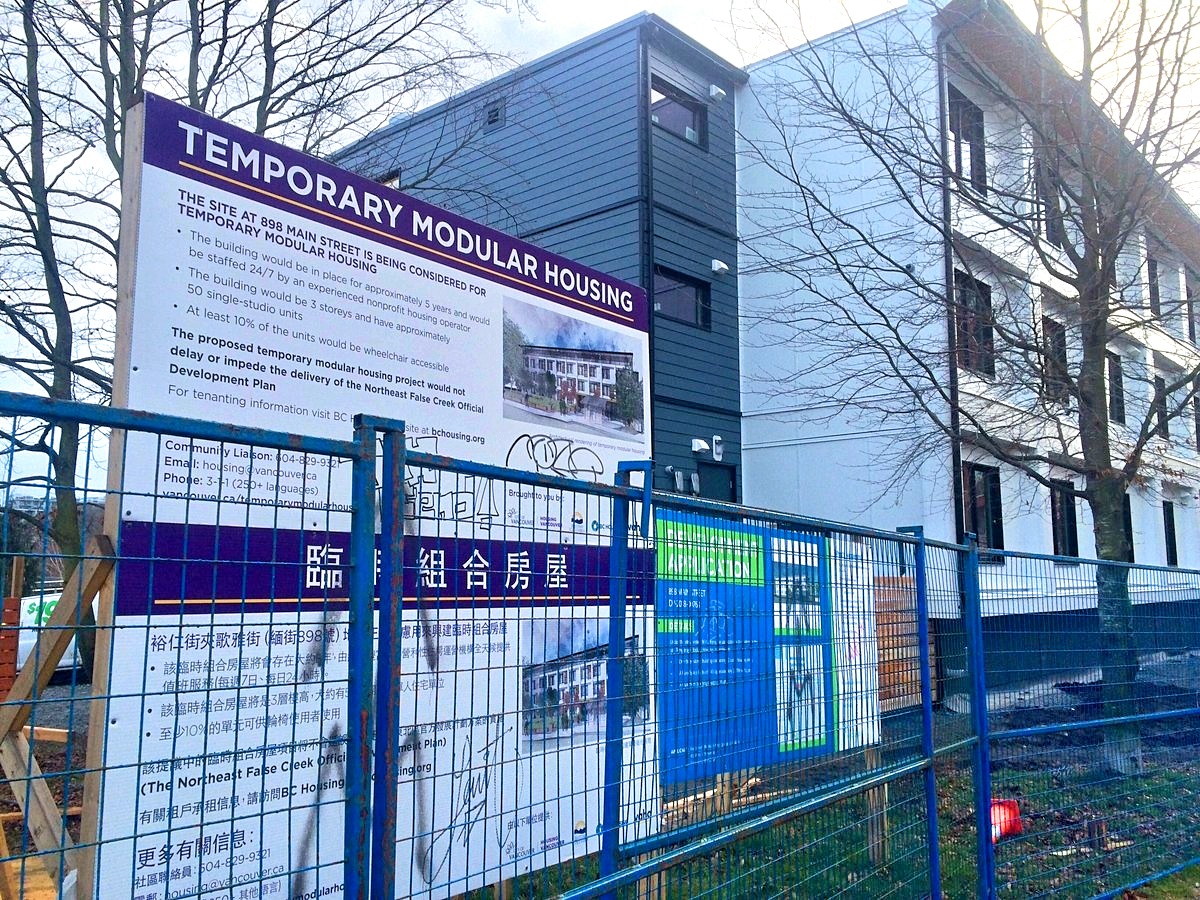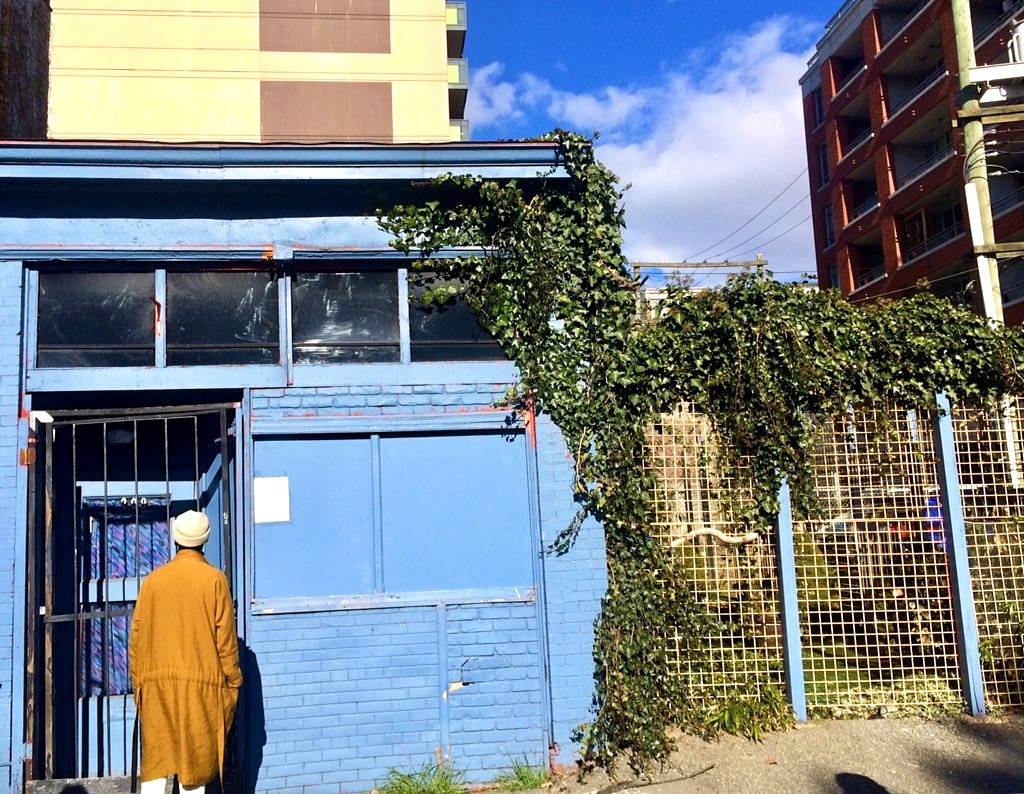The Rebirth of Vancouver’s Historically Black Neighbourhood
Credit to Author: Urooba Jamal| Date: Thu, 28 Feb 2019 13:48:03 +0000
At the intersection of Union and Main, in Vancouver, once stood the legendary Vie’s Chicken and Steak House. Inside, Nora Hendrix cooked up T-bones, porterhouse, filet mignons and fresh-baked biscuits into the late hours of the night, as Black artists such as Nat King Cole and Louis Armstrong swarmed in and out of the establishment.
It was in these quarters that the late Jimi Hendrix, described as “arguably the greatest instrumentalist in the history of rock music,” practiced guitar. In between strumming, he’d help his grandmother Nora serve the famous musicians, whenever the future rock legend visited from Seattle.
Vie’s Chicken and Steak House, which ran from 1950 to 1976, stood amidst Vancouver’s first and only Black neighbourhood. The thriving hub once known as Hogan’s Alley was the epicenter of Black food, music and cultural organizing—until it was bulldozed away for the construction of the Georgia and Dunsmuir viaducts, uprooting one of Canada’s only Black neighbourhoods, displacing its residents out farther into the suburbs.
Now almost five decades years later, as the viaducts are slated to be torn down, and a new temporary modular housing project—pegged as the first of its kind in North America—announced in early February, is being named after Nora Hendrix. Many see it as part of an opportunity to finally honour and rectify the history of Hogan’s Alley, and the city’s Black population.
A first in North America
On an unusually bright and sunny February afternoon in Vancouver, Yasin Kiraga Misano led a group of about 50 people through these same streets and alleyways, as part of the African Descent Society BC’s annual walking tour during Black History Month.
“Imagine,” Misano instructed the crowd, “Imagine what it would have been like if this place had been given the opportunity to thrive. Imagine what the community could have looked like today.”
The tour began at the former Fountain Chapel—a Black church that Nora founded almost exactly 100 years ago—and made a stop at the construction site of the housing being named after her.
The decision to name the new housing after the rock legend’s grandmother—prolific in her own right as a celebrated community leader—was unanimous.
“There is, in Black communities, always strong leadership in order for us to make all of our elements of life, culture, business, spirit, family…thrive,” Vanessa Richards of the Hogan’s Alley Society told VICE. “Nora Hendrix was one of those people.”

Set to open in mid-March, the 52-unit space will “prioritize housing of the most vulnerable, people of African descent and Indigenous people,” said Richards, adding that includes those most “impacted by systemic racism and exclusionary housing policies, that are partly compounded when you’re living with an addiction, or mental health [challenges], or any other reason why you end up without a home.”
Richards, who addressed the walking tour crowd to explain the purpose of the new project, said that it is the first in North America, to anyone’s knowledge, that has prioritized the issue of redress and kept it central to its city planning.
“Nobody’s aware of another program that says we will have redress, reconciliation, central to our development moving forward—that’s a first in North America,” she said. “And it’s because there are some really smart people at the city of Vancouver, both elected officials and city workers, working with citizens like the Hogan’s Alley Society and the extended Black community, listening to the opportunities that we’re presenting.”
The building will be run by the Portland Hotel Society, a non-profit that works with marginalized residents of Vancouver’s Downtown Eastside.
For Stephanie Allen, a director of the Hogan’s Alley Society, the modular housing is the first part of a vision to address the issue of homelessness that particularly affects Vancouver’s Black population.
“Black people are overrepresented in the homeless population,” she told VICE, saying that it is estimated while only one percent of Vancouver’s population is Black, Black people make up about 4 to 5 percent of those homeless in the city.
The new building, Allen explained, will therefore help support those who are feeling “discriminated against and those who are racialized,” through its “strong cultural programming.”

While the housing project is meant to be an interim project, it’s part of larger ongoing negotiations between the society and the city, of turning the land on the site into a land trust run by the Black community, who would ensure affordable housing is always available. These plans also include a community center.
“What we’re working towards as a society, and as a city, and as a group of concerned citizens across the region is a land trust on this site to redress the dismantling of the community, and to have affordable housing, childcare, a cultural center and a marketplace,” explained Richards.
‘Negro removals’
In 2015, the Vancouver City Council voted to tear down the viaducts, a decision that involved public consultations from more than 17,500 people who attended over 90 events, including 13 open houses and 38 stakeholder meetings. The demolition is expected to begin as early as 2020, and take nearly three years.
What precedes this decision, however, is the False Creek North Official Development plan, which in 1990 began to first reimagine the area, after an assessment was made that the viaducts carry only about 40 percent of the traffic they were meant to carry when they were built in the 1970s.
The viaducts were actually part of a larger freeway project that was never realized, stopped by community activists at that time, but not before Hogan’s Alley was effectively obliterated. Many have noted that the construction of freeways in North America in much of the twentieth century, often meant the destruction of poor, mostly Black neighbourhoods.
“Negro removals, that’s what it was,” Kevan Cameron, director of the Black Dot Collective, the group behind the Hogan’s Alley Poetry Festival which ran from 2008 to 2015, told VICE. “It happened all over North America, where freeways were built through inner-city, or Black neighbourhoods.”
Cameron, whose poetry festival was an earlier effort to revive the memory of Black history in Vancouver, said that, similarly, a freeway project across the border in Seattle, was also cut through a predominantly poor and Black neighbourhood.
“The viaducts were part of an ‘urban renewal’ scheme that fit a pattern of such plans all across North America during that era: freeways were slated to connect cities to their suburbs, and they were almost always run through Black neighbourhoods—because Black residents were considered expendable,” writes Wayde Compton, of the Hogan’s Alley Memorial Project, another early effort in the revival of the neighborhood.
The impact of such policies, many argue, continue to be felt today.
“[These displacements] have had a lasting social impact,” said Allen. “Harmful policies have continued to hold Black people back from full participation in Canadian society.”
As for the razing down of Hogan’s Alley specifically, she said, that was a “hollowing out of Black culture in western Canada.”
According to a 2017 UNHCR report, the “human rights situation of African Canadians” is a cause for concern.
“Canada’s history of enslavement, racial segregation and marginalization has had a deleterious impact on people of African descent,” the report states. “Across the country, many people of African descent continue to live in poverty and poor health, have low educational attainment and are overrepresented in the criminal justice system.”
The report found that poverty among Black Canadians is actually on the rise, while the Black population is also on the receiving end of the most hate crimes in the country, the target of 44 percent of all racial hate crimes in the country that year.

The city’s current plans, then, are seen as a welcome change.
“We see this is a really important opportunity to address these disparities,” said Allen.
For Richards, it’s also an opportunity to pay homage to the neighbourhood she herself grew up in.
“When I discovered there was a history of Black people in the neighbourhood where I was actually living, I used to just walk up and down that alley and have this feeling that I was walking and dancing with ghosts,” she said.
At each stop in Misano’s walking tour, he asked of the group an unusual request, to “smell the memory of Hogan’s Alley.”
Each time, as if the crowd had been transported back to the strums of Jimi Hendrix’s guitar, or the smell of Nora Hendrix’s food, the group broke out in excited cheers and applause.
Follow Urooba on Twitter.